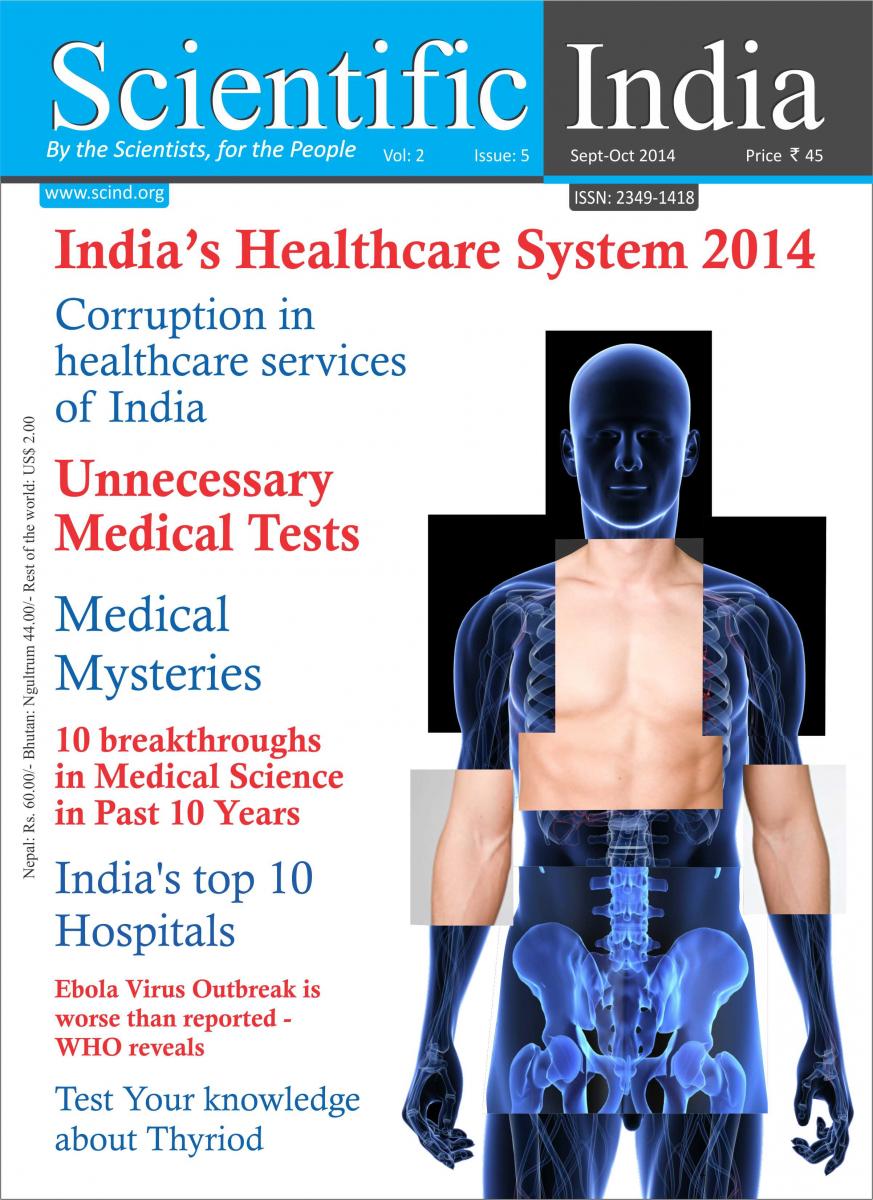Removal of Phosphate From Rhizosphere Soil Using Bacillus subtilis and Enterobacter aerogenes

Department of Biotechnology, Karunya University, Coimbatore, Tamil Nadu, India.
The addition of phosphorus is one of the major environmental problems because of its leading contribution to the increased eutrophication process of lakes and other natural waters. The eutrophication is the process where excessive nutrients in a lake or other body of water usually caused by runoff of nutrients (animal waste, fertilizers, and sewage) from the land which causes a dense growth of plant life, the decomposition of the plants depletes the supply of oxygen which leads to the death of animal life. Microbial process is widely used for the removal of phosphorus from soil and wastewater to avoid eutrophication. The most efficient phosphate reducers chosen were namely Bacillus subtilis and Enterobacter aerogenes. The Mineral Salt Medium and the carbon sources (glucose, sucrose, lactose and starch) at 0.5% and 0.7% were prepared. On the removal of phosphate by Bacillus subtilis and Enterobacter aerogenes it was found that the Bacillus subtilis was giving the maximum bacterial growth and was observed to be in lactose 0.107 OD at 0.7% concentration for 72th hour. In the case of Enterobacter aerogenes the maximum bacterial growth was found to be in sucrose 0.133 OD at 0.7% concentration at 72 hr. The pH change in the medium was found to be in both the isolates with different carbon sources but in overall the constant pH was at 7. Among the two organisms, Bacillus subtilis showed the maximum removal of phosphate 83% as starch as carbon source at 0.5% concentration whereas Enterobacter aerogenes showed 77.4% of phosphate removal at 0.5% concentration as glucose as carbon source. Therefore, these bacterial isolates can be used in the remediation of phosphate contaminated environments.
Keywords: Phosphate reducers; Mineral Salt Medium; Phosphate removal; Rhizosphere soil.
